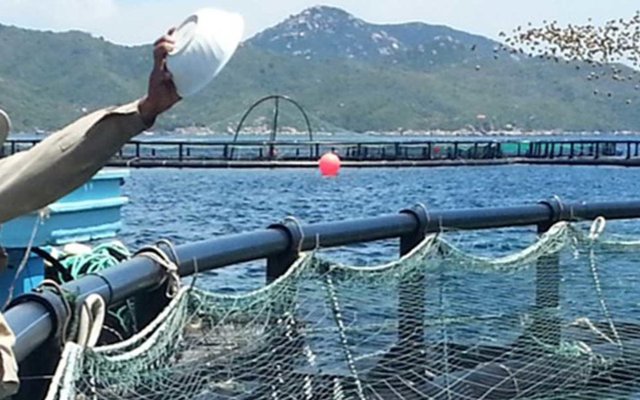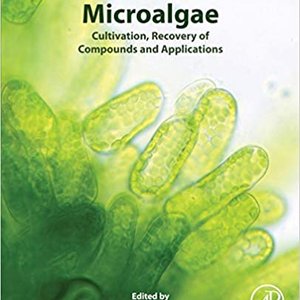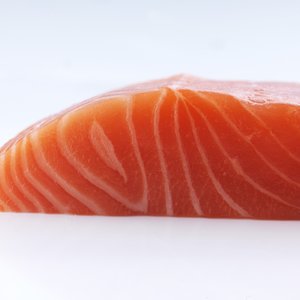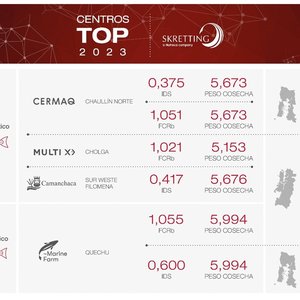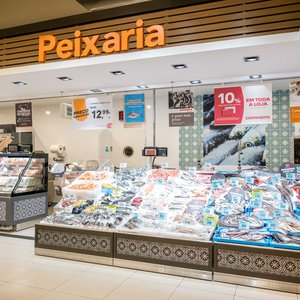Aquaculture, a vital part of seafood supply comprising 46% of total production in 2017, is underpinned by a booming $107 billion aquafeed industry. With aquafeed accounting for the aquaculture sector’s largest operational cost, ensuring long-term operational sustainability requires overcoming looming supply side constraints. Aquafeed producers have already transitioned from fish-based protein to soy, and now are projected to incorporate novel ingredients but may not have the upfront capital required to scale solutions quickly.
According to the latest Planet Tracker report, green bonds – which focus on financing environmentally beneficial projects – may be the answer. Such transactions can supply the upfront capital required for research, scaling innovative feeds and transitioning to deforestation-free soy, while providing creditors with an assurance that proceeds will be allocated appropriately.
According to the financial think tank, aquafeed accounts for approximately 80% of the environmental impact in seafood production. Ninety-four percent of soy supply for Norway’s aquaculture sector in 2017 originated from Brazil, with its land-use footprint for imported soy protein concentrate for its salmon industry alone equal to the size of Luxembourg. Amid this high dependency are growing concerns linking salmon feed producers with deforestation- and human rights abuse-related soy production, including “pirate soy”, where deforestation-linked soy enters certified supply chains.
With fishmeal prices projected to rise by 92% by 2030 from 2010, and 67% and 74% of Norway’s and Chile’s farmed salmon producers respectively making robust sustainable soy commitments, sourcing an alternative is imperative to reduce costs, environmental impact and supporting the projected 48% growth of the aquaculture sector by 2024. Though more sustainable alternatives do exist, such as blackfly larvae, single-cell proteins and canola oil, they are not currently available at scale.
Green bond activity in aquaculture has started. Major players Mowi and Grieg Seafood have issued the first green bonds in the sector, with sustainable feed listed as a key use of proceeds in their respective frameworks. Both bonds were significantly oversubscribed, with demand for Mowi’s €200 million issuance exceeding €700 million, indicating the appetite that exists for debt issued to embed and scale effective sustainable practices, not only offering access to long-term sustainability but also operational, reputational and financial benefits.
According to the Planet Tracker report, these issuances evidence the opportunity that exists for investors to finance step-changes in capital needs to improve financial and environmental performance in the face of high growth expectations. With key players along the entire aquaculture supply chain already making the transition to sustainable feed – and financing costs likely to decrease as green bond issuance in the sector become more commonplace – the pace of this transition should be accelerated.


